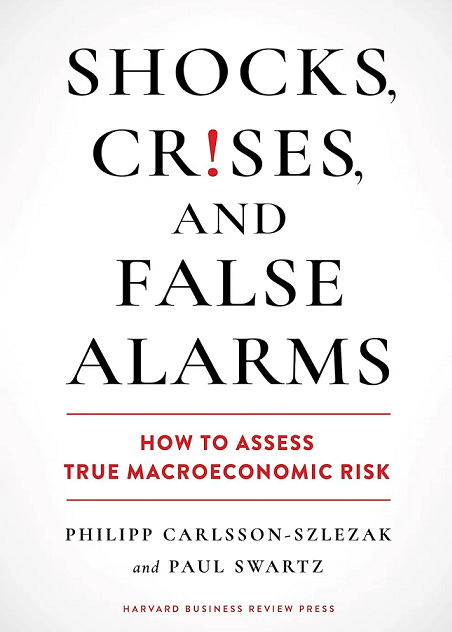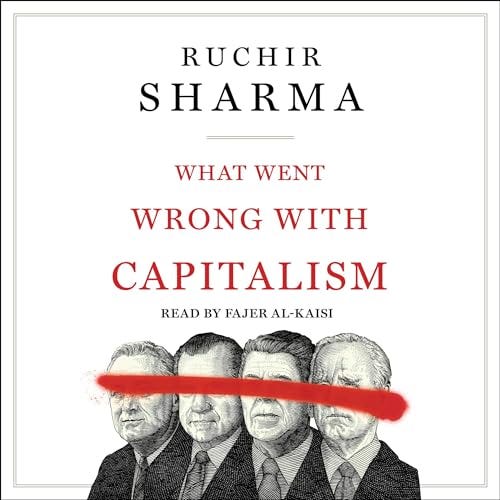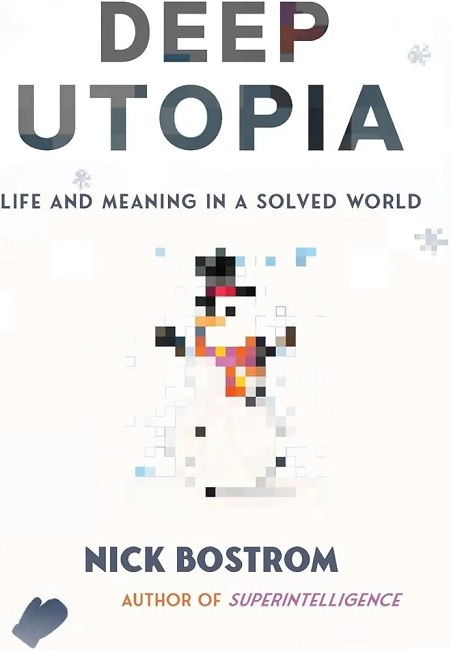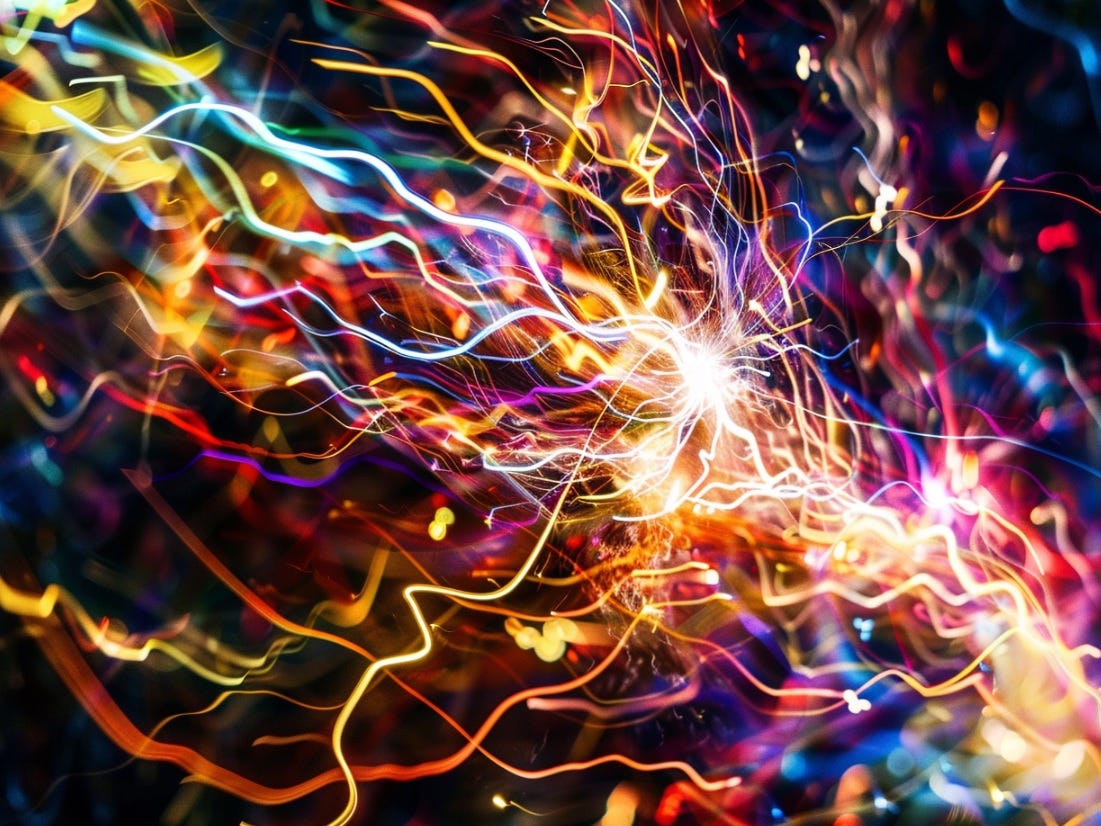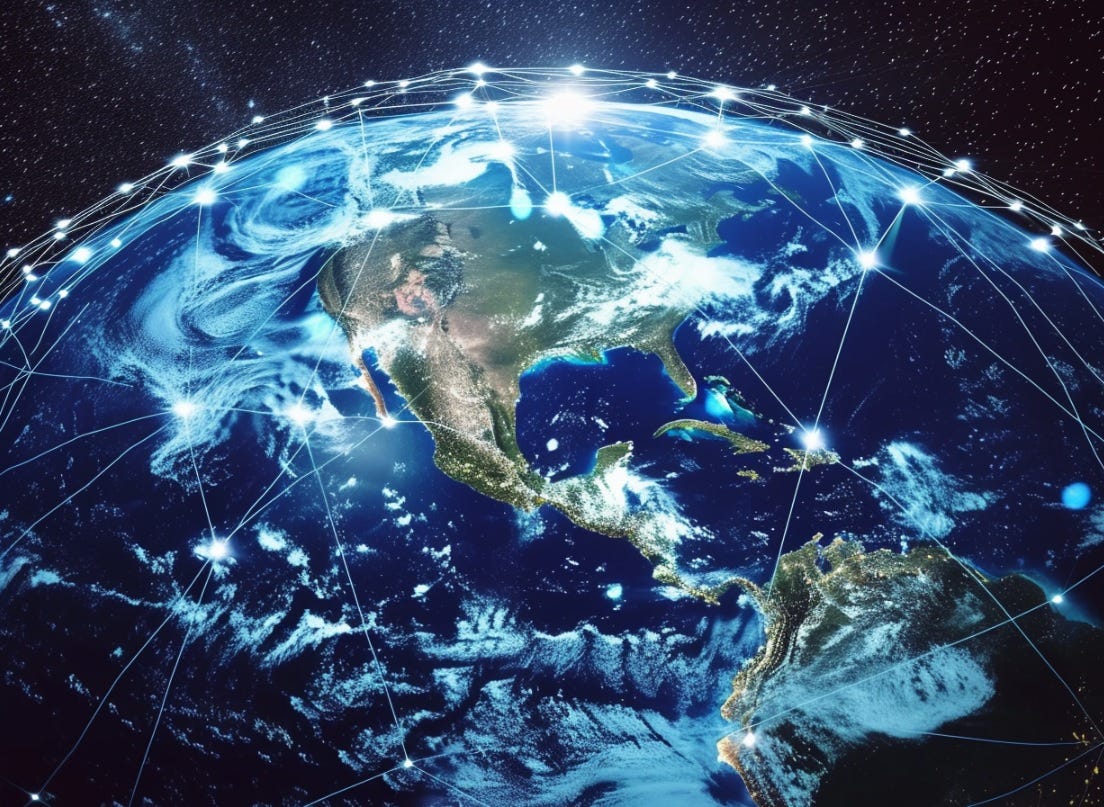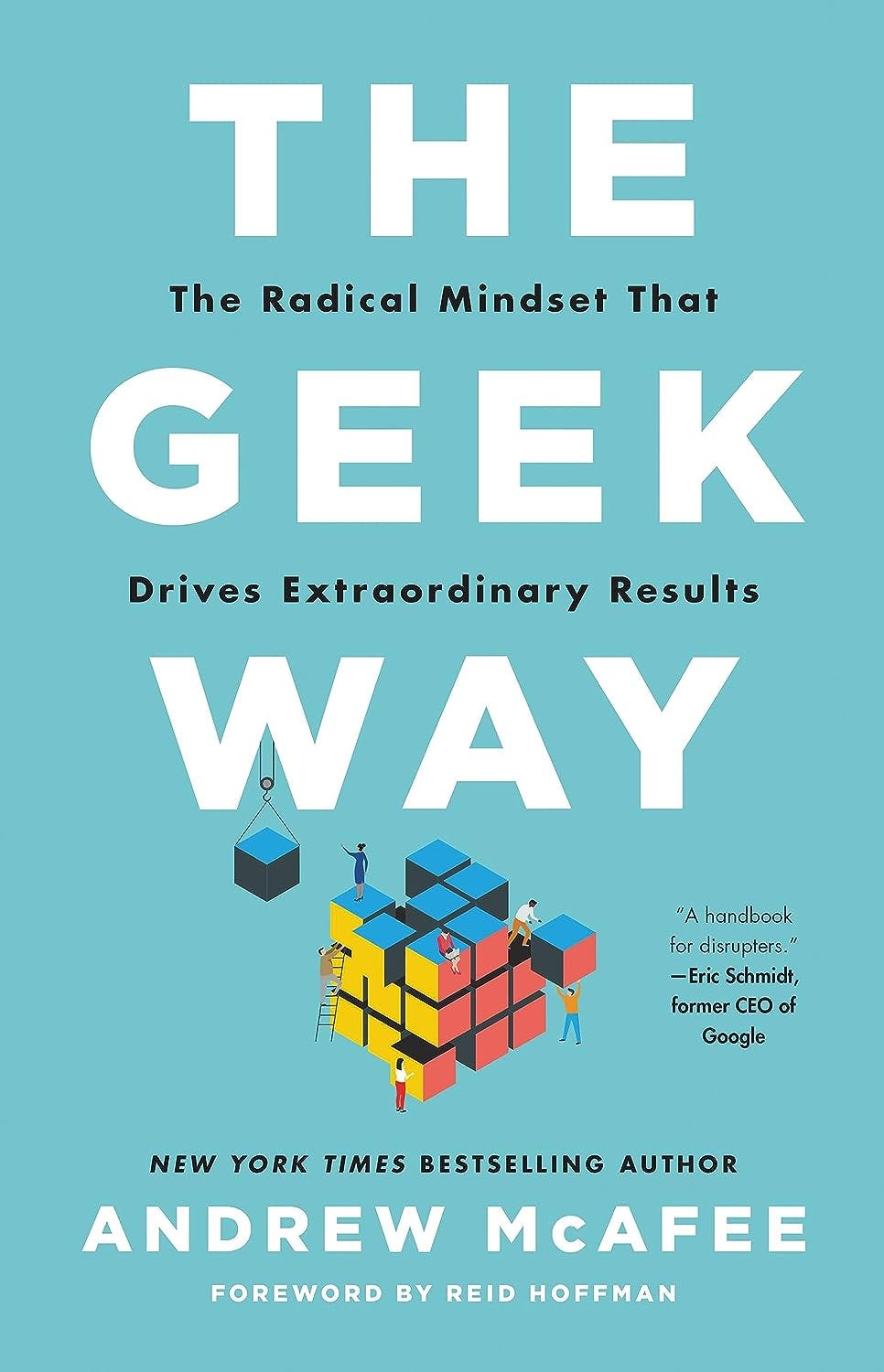☢ My chat (+transcript) with Spencer Weart on the history of nuclear energy fear
Description
In a world facing climate change and clean energy challenges, it’s starting to look like a nuclear energy renaissance is starting to happen. That is, if we can overcome our irrational fear of nuclear. In this episode of Faster, Please! - The Podcast, I talk with Dr. Spencer Weart about the cultural influences that shaped generations of anxiety around nuclear power, and how that tide may be turning.
Weart holds advanced degrees in both Astrophysics and History. For over three decades, he served as Director of the Center for History of Physics at the American Institute of Physics. He is the author of two children’s science books and has written or co-edited seven other books. Among his most recent is The Rise of Nuclear Fear, published in 2012.
In This Episode
* A history of radiation (1:05 )
* The rise of nuclear fear (7:01 )
* Anti-bomb to anti-nuclear (11:52 )
* Today’s anti-nuclear voices (20:21 )
* Changing generational attitudes (24:01 )
* Nuclear fear in today’s media (28:58 )
Below is a lightly edited transcript of our conversation
A history of radiation (1:05 )
Pethokoukis: To what extent, when radiation was discovered at the turn of the century—and then, of course, the discovery of nuclear fission—to what extent were we already as a society primed by our cultural history to worry about radiation and nuclear power?
Weart: Totally. Because you say radiation was discovered, presumably you're referring first to the discovery of X-rays and then, shortly after that, the discovery of what they called “atomic radiation,” we now call it “nuclear radiation.” But, of course, before that, there was the very exciting discovery of infrared radiation. And before that, people have always known about radiation: the rays, the heat from the sun; and they've always had a very powerful cultural significance. You think of the halos of rays of light going out from holy figures in Buddhism and Christian iconography, or you think of the ancient Egyptians with the life-giving rays of the sun bestowing life on things because actually, of course, radiation of the sun is life-giving, it does contain a vital life force. So it's not a mistake to think of radiation as some kind of super magical, powerful thing.
And then of course there's also death rays. Death rays actually did become very popular in the literature after the discovery of X-rays because X-rays could, in fact, cause great damage to people, and then so could atomic rays, so, already by the early 20th century there were lots of kids' books and exciting adventure fiction featuring death rays. But you go back before that, there's the evil eye. There's rays radiating out from the evil eye could cause harm. Then there's astrology, the rays from the stars could influence human destiny. So as soon as you mention radiation, there's an enormous complex of things that come out, which was very easily linked to atomic radiation because of all the other characteristics of atomic discoveries.
And yet, certainly in the first half or first third of the 20th century, there was, people saw radiation as having great promise, even to create a Golden Age. Tell me a bit about that.
It came out as soon as radiation was discovered. Whenever there's a new physics discovery, almost the first thing that people think about is medical applications. And that happened with electricity and with X-rays—of course, x-rays do have great medical applications—and nuclear radiation (I'll call it “nuclear,” even though they called it “atomic” back then). Nuclear radiation did turn out to be radon and radium and so forth that Curie discovered did turn out to be useful for curing certain types of skin cancers and so forth.
But people went much beyond that because there was all this magical stuff associated with it. We have to remember that very early on it was discovered that nuclear radiation is the product of the transmutation of elements: uranium and radium and so forth and even other elements.
Like alchemy.
Yeah, transmutation was alchemy. It was immediately recognized that, oh, the nuclear physicists were the new alchemist and they were happy to talk of themselves as that. But of course, as soon as you have something powerful, as I said, the first thing, when you have a new discovery, that you think about is medicine. The second thing you think about 10 seconds later is weapons, so nuclear death rates were very early imagined. And the atomic bomb—the first atomic bomb actually was sort of a device carried by a terrorist in the 1901 novel. And then in 1915, H.G. Wells conceived of the idea of an atomic warfare weapon that civilization destroyed, but then followed by transmutation and of course humans destroy civilization, then we’ll rise again in atomic powered cars. We love utopia powered by nuclear energy. So all these things were there together, the good side and the bad side. On one side you had people saying that this is the 1930s mind. This is before nuclear fission was discovered. This was entirely science fiction.
Would you call that a period of general sort of pro-progress science and technology enthusiasm?
Well, it was, except… this was certainly the case in the 1900s. People thought that radium could cure all ills. Nuclear energy was seen as the elixir of life, talking about the old alchemists and so forth. There were all these wonderful things it could do and by the time it got to the First World War and the Great Depression, people were a little less happy about technology. So in addition to the wonders of atomic power plants and so forth, there were also things like… my favorite is a movie in which Boris Karloff doesn't play the mad scientist’s monster, he plays the mad scientist who discovers a new kind of radium rays, and of course he means to use it for good and he uses it… always using it to irradiate the young women to cure them, because, of course, radiation carries not only life force, but if you dig down deep into the radium side that has this sort of sexual thing. So these 1930s science fiction images of nuclear or mad scientists irradiating young women having a definite violation aspect. In this movie Boris Karloff gets too big a dose of radiation and goes mad and it turns him into a monster and goes around glowing in the dark—maybe the origin of the glowing in the dark idea—and then killing people with the touch of his radioactive hand. So it was all there together, both magical good and magical evil. Very, very strongly mythologized and Freudenized. The writers at the time read their Freud and they were happy to put in all these ideas of bad parents. And the mad scientist is the bad parent out to rape… well, I probably shouldn't go too far with this because… You have to see the pictures to really appreciate how deep this stuff goes.
Would you say that, overall, pre-Hiroshima, that the general public attitude was sort of positive about the potential of radiation and, eventually, atomic fission? Was it overall positive?
Yes, I would say it was generally positive, but with very deep roots. The positivity was mingled, when you go down deep enough, with all sorts of negative or ambiguous things: ideas of mad scientists as sort of the bad parent or the authority figure, the mean, merciless dictator, all of these things and the evil eye death ray kind of thing. They're all there sort of broiling around at a very deep level, a very deep psychological level and a very deep cultural level. And on the surface side, I would say it was generally positive and the overall idea was positive.
The rise of nuclear fear (7:01 )
So if those things were sort of bubbling around, was it the atomic bombings of Japan that brought that stuff to a boil? Was that the key moment, or did that happen afterward? Was that the key inflection point?
It came afterwards. When Hiroshima happened, all the commentators from President Truman on down, the feeling was, “Oh, oh, it's actually real!” All the stuff that we thought was things that teenage boys read in their pulp fiction or in horror movies, all this stuff is actually real, so that was a shock.
And so it went two ways. One of course was the actual image of Hiroshima. And then when atomic bombs started to proliferate, when the Russians got the atomic bombs and we worried about them bombing our homes, then all this stuff that was sort of underground and seemed mythological—atomic war and the end of the wo





